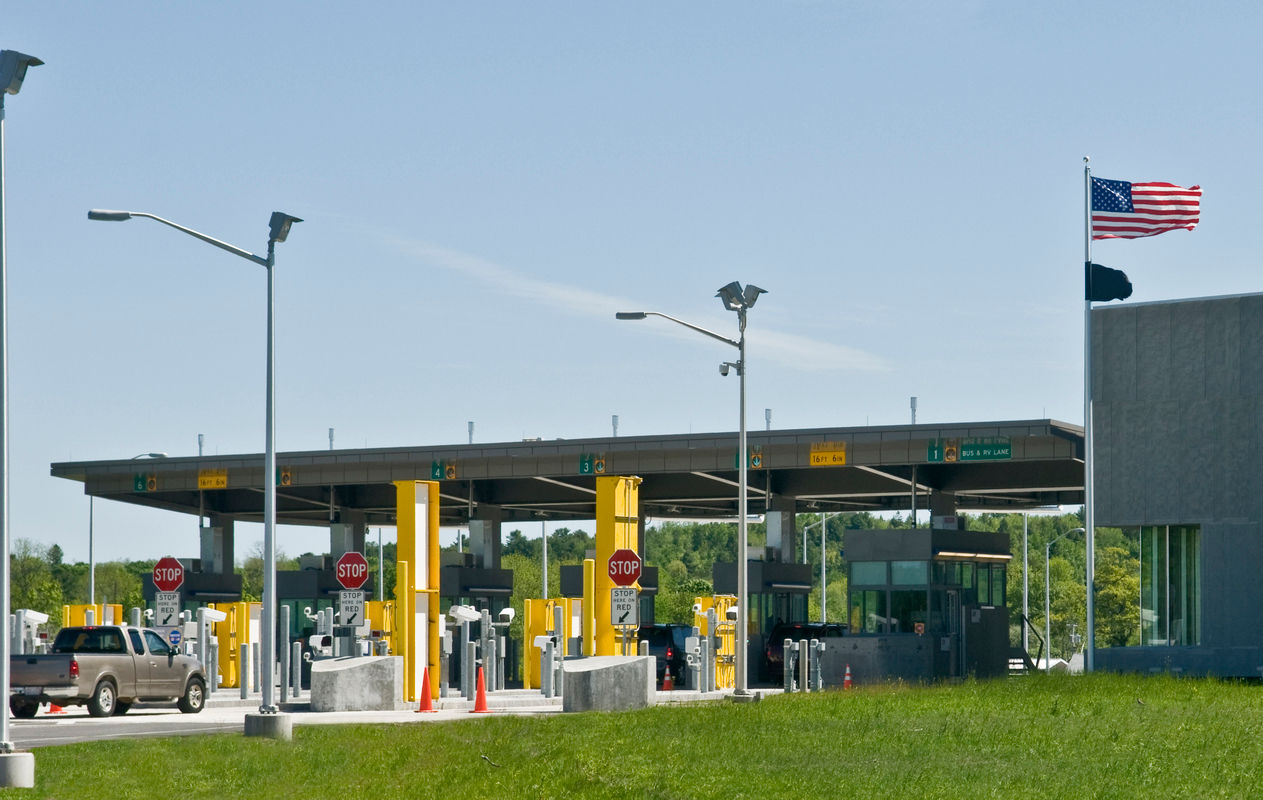
July 14, 2017
Using Data to Manage Carbon Emissions in Global Transportation
Tags:
Using Data to Manage Carbon Emissions in Global Transportation

International trade is a tremendous force for good. It’s been proven to fight poverty and help people around the world improve their lives.
Trade is growing, and that’s great (as a freight forwarder, we’re not complaining). But as trade continues to expand, the transportation of all those goods will result in more carbon emissions.
The International Transport Forum estimates that trade-related freight transportation accounts for about 7% of global emissions. The ITF predicts a fourfold increase in these trade-related emissions by 2050.
These are big numbers. At Flexport, we’ve built our business around transparency and visibility, and we’ve found that environmental impact is a blind spot that our clients are eager to fill in.
To address this need, we’ve implemented two sustainability initiatives aimed at increasing awareness of your transportation footprint: an in-app carbon calculator, which estimates CO2 emissions, and a carbon offset program, which is available for any Flexport client who’d like to counterbalance their environmental impact.
**Tracking emissions data **
Our carbon calculator estimates CO2 emissions as part of each quote request, which allows for more environmentally conscious decision-making. This allows for comparison of CO2 emissions for different modes of transportation (ocean vs. air), routings, and services.
For a client like Klean Kanteen — who, as a certified B Corporation, works to minimize environmental impacts across all categories of their business — this data can be a very useful tool. “Flexport’s predictive carbon footprint estimation technology provides Klean with a proactive approach to informed decision making and allows Klean to select a carrier and route based on anticipated carbon footprint,” they say. “This process allows Klean to evaluate cost and environmental impact prior to making final decisions.”
CO2 emissions are then tracked and saved at the shipment level, so that they can be accessed and analyzed within the app at any time:

Carbon offset program
Data-driven awareness is a vital first step, but we’ve found that many of our clients want to do more. That’s why we’ve partnered with the Carbonfund.org Foundation to offer a carbon footprint offset program, which allows clients to purchase carbon credits directly through Flexport. It’s easy: 1) opt in, 2) we add a line item to your invoice, and 3) we send 100% of the money to Carbonfund.org.

About the Author





